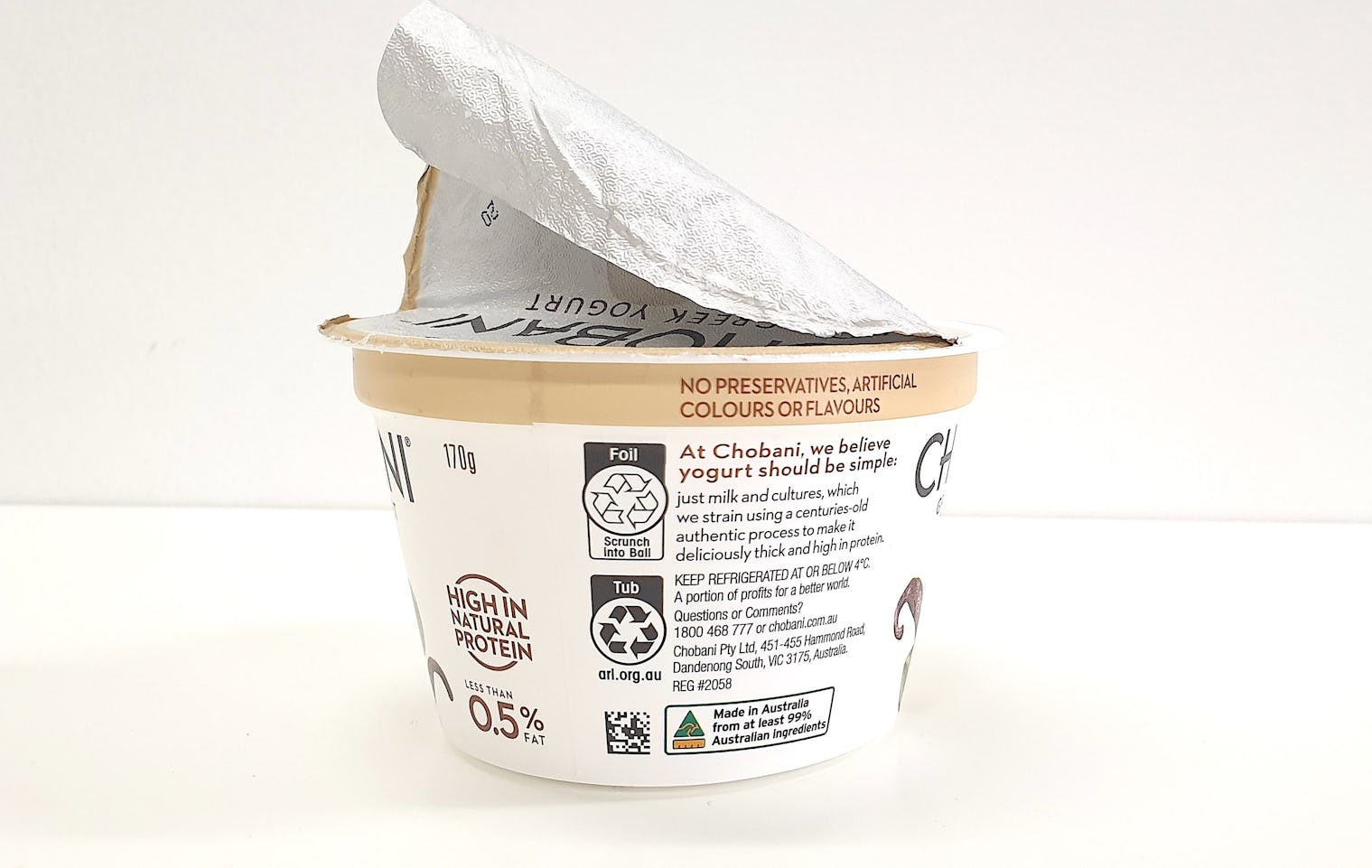Polypropylene (PP), a widely used hard-to-recycle plastic, can be broken down by almost 30% using two common species of fungi found in soil. This environmentally friendly approach published in the npj Materials Degradation journal shows promising potential for reducing plastic waste and its harmful impact on the environment.
"Fungi are incredibly versatile and are known to be able to break down pretty much all substrates. This superpower is due to their production of powerful enzymes, which are excreted and used to break down substrates into simpler molecules that the fungal cells can then absorb," said co-author and expert mycologist (fungi specialist) Professor Dee Carter.
The researchers observed a 25-27 percent reduction in the weight of PP samples treated with heat and fungi over a 90-day period. Additionally, samples treated with UV light showed a 21 percent reduction in weight over a 30-day incubation period. These results are some of the most promising recorded so far in the quest to find effective solutions for plastic waste management.

The plastic before (left) and after treatment (right). Image source: University of Sydney.
Polypropylene is widely favoured for its toughness, lightweight, and flexible qualities, making it a popular material for a wide range of items, including toys, packaging and household items. It is also one of the most widely used plastics in the automotive industry. Polypropylene accounts for roughly 28 percent of the world’s plastic waste and is one of the least recycled materials, with only one per cent recycled globally.
PhD student Amira Farzana Samat, the study’s lead author from the University of Sydney’s School of Chemical and Biomolecular Engineering, says polypropylene is overrepresented in plastic waste and pollution globally.
“Plastic pollution is by far one of the biggest waste issues of our time. The vast majority of it isn’t adequately recycled, which means it often ends up in our oceans, rivers and in landfill. It’s been estimated that 109 million tonnes of plastic pollution have accumulated in the world’s rivers and 30 million tonnes now sit in the world’s oceans – with sources estimating this will soon surpass the total mass of fish,” said Mrs Samat.
To further advance their discoveries, the research team is already conducting tests using marine microorganisms. They will now explore enhancing the overall efficiency in degrading polypropylene before seeking investment to scale the technology and develop a small-scale pilot prototype for commercialisation. This ongoing work holds promise for even more efficient degradation processes, which could significantly aid in the battle against plastic pollution.

Plastic interacting with fungus. Image source: University of Sydney.
The power of nature, harnessed through the capabilities of fungi and microorganisms, offers hope in the battle against plastic pollution. By embracing sustainable practices and supporting research into eco-friendly solutions, we can all contribute to a cleaner and healthier planet for generations to come.
What you can do to avoid adding to the plastic pollution problem
Before you head out the door consider where you are going and what you’ll be doing. Be sure to have a reusable coffee cup, shopping bags and food container ready to use.
At the supermarket check for the Australian Recycling Labels and choose options with packaging you can recycle.

The ARL displayed on a yoghurt tub, showing the importance of effective packaging labels for correct recycling behaviour.
Feature image: Research Team from the School of Chemical and Biomolecular Engineering. Photo credit : Stefanie Zingsheim, University of Sydney.
Planet Ark does not take responsibility for the accuracy of the original information and encourages readers to check the references before using this information for their own purposes.